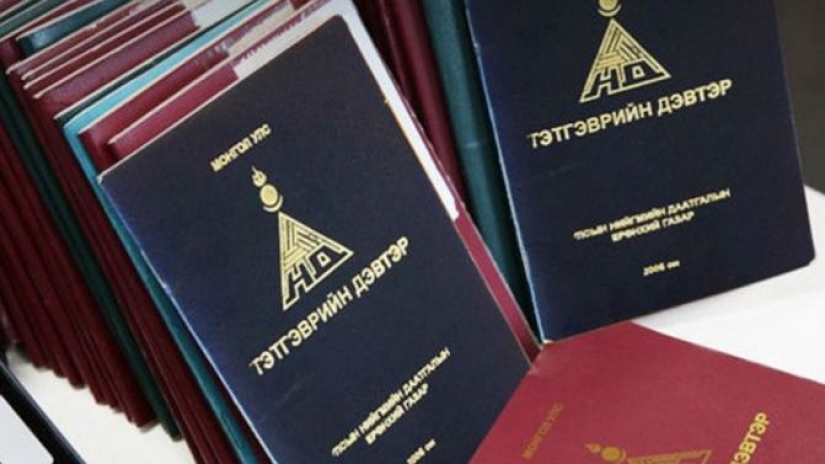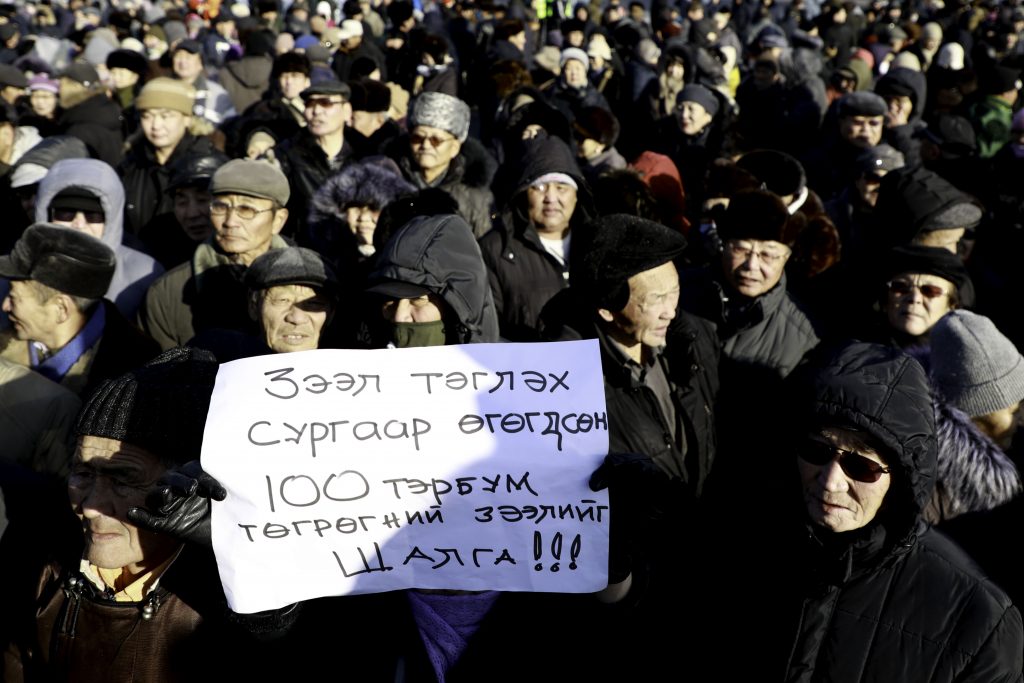The Mongolian scam or social order reform

Most of the countries that we get examples from, and learn about their experience have their elderly living happily without anything lacking. In such a society, the pension system consists of three pillars. The majority consist of the base pension that the state has set and is given to the elderly not depending on how much they contributed to social security. The second one is the pillar that is set based on the private sector. Under the trilateral agreement between the employer, employee and the private pension fund, a certain percentage of the salary is accrued monthly to the pension fund’s registered account. This is done through compulsory social insurance, which allows a citizen to control their accumulation on a regular basis. In other words, in addition to the retirement benefits, a citizen can accumulate a certain percentage of their income in the pension fund. In the case of the second and third pillars, the savings of the citizens are increased by the fact that the pension funds invest in profitable shares through the financial and stock markets, buying them high yielding bonds and depositing them. A certain percentage of their revenue is given to the people in return. In a nutshell, raising funds for citizens is the primary function of the fund. Thus, with the three pillars of the pension, one may have a fund with a whole complex of banking systems.
In Mongolia, the operation of the retirement fund is based on the harmonious system initiated by the German Chancellor Otto von Bismarck 130 years ago in cooperation with the People’s Commissariat of Trade Unions, the People’s Democratic Party, Ministry of Labor and Social Protection, and the Social Insurance General Office. This means that the amount paid by those who are currently employed is distributed to the elderly, and the policy orients a rather social care approach as opposed to other market needs. As a result, following the collapse of the socialist system, the post-communist countries began to gradually transfer their retirement system to the three-pillar structure that is a market-based scheme. Seeing as it is a major social change, the transition has not been such a burden in other states. There have been such cases where some states sought to make the reform more bluntly and others have struggled to fund their state’s retirement fund, which resulted in delays in the reforms. Lessons were learned and financial professionals who are pushing such a reform emphasize the need to slow down by first transferring 0.5 to 1 percent of contributions to private retirement funds. Unless the pension authorities now require an overhaul of it, Mongolia will not rule out the retirement loan even after this decade. Due to the fact that this has not been demanded by the public with such pursuit, every Mongolian person falls victim to their standards of living drastically decreasing upon retirement.

The Mongolian scam
The capacity to manage and use the Social Insurance Fund is lacking from the central government body. An evident example of this is how they have failed to get the 105 billion MNT bankruptcy deposit from the Capital Bank that is now bankrupt. The Social Security law can increase the fund’s assets by purchasing government bonds and Central Bank securities through placing them in a commercial bank. However only 58-59 billion MNT is deposited from the Social Insurance Fund to the commercial bank. Monetary assets equal to two years of accumulation was deposited into Capital Bank and swallowed whole. Moreover interest income continues to be a patch to reduce fund deficits. It is the responsibility of the government to manage and monitor the market system without taking a single penny out of public funds. The failure to fulfill this obligation was due to the fact that the politicians being too feckless with the retirement fund, resulting in a deficit. The fund’s loss is a burden to the budget thus the elderly are dissatisfied with their retirement benefits and contributions paid to employers. To put an end to this once and for all, they need to make the retirement fund more controllable, fair, containing professional management and one where their savings multiply.
According to the Basic State Guidance on Pension Reforms until 2021 passed in 1999, Mongolia should have fully transitioned to a three-pillar pension system.
The need to modernize the retirement system has arisen a long time ago, but was never carried out. According to the Basic State Guidance on Pension Reforms until 2021 passed in 1999, Mongolia should have fully transitioned to a three-pillar pension system. However, the policy was revoked in 2015 and was instead adopted by the state to pursue a pension reform policy. This delayed the original reform until 2030. Throughout all their terms, the sectoral ministers have made the excuse that they are developing the Private Pension Fund Law, and will submit it to the Parliament soon.
However, the Social Security’s Fund audit report on the fiscal performance of 2018 provided the recommendation to the Ministry of Labor and Social Security. “It is necessary to completely modernize the ineffective system of social insurance and create a new system in which that is in line with the principles of market economy”. Authorities continue to make putting out the fire decisions as the elderly are having their monthly incomes decreased three times following retirement, and their living standards are dramatically worsened. Talks to liquidate this perilous system is discussed throughout the society. Unfortunately those who were most afraid of this tide were the relevant authorities who manage the social insurance and pension fund assets.
Post-communist states such as Mongolia have attempted to modernize their pension system in the 2000s, but have begun to turn back. The rationale for it was that the pension fund deficit had been politically altered and that the increasing elderly population is depleting the heads of developed nations. This is however a mere attempt to counter the inevitable tides. Of course it is right to approach this carefully as it affects society greatly. A system where pensions are adequate, one where their money is secure, they earn as they accumulate, their retirement benefits are clear, and their savings are inherited.
We aren’t the only ones facing this issue
It is clear that there is a demographic and macroeconomic challenge to the pension system due to increasing life expectancy, reduced birth and youth employment, growing debt of developing countries, and declining productivity worldwide. It is the same case as Mongolia. Currently, one in 20 people in our country is over the age of 65 and by 2050, this figure is to increase to one in five. If pliers still exist, then by 2100, the pension fund loss will reach 75 percent. In a sense, the loss of a retirement fund is inevitable. “Our country has the advantage of launching its retirement reforms much later than those that have transitioned to market relations like Mongolia,” said B.Ulziibayar, Chairwoman of the Board of the Mongolian Securities Traders Association. Perhaps a parallel launch with the post-communist countries does not exclude a revision. Even statisticians say that the time when mining revenue has burdened the economy and the Future Heritage Law was a good time to start a retirement reform. Is it necessary to wait for the retirement fund loss to tinker more with your taxpayer.
Enough funds are being accumulated from mining. Once the pension system has three pillars, it is to have a positive effect on many sectors of the economy throughout the stock market. Now, it is time to move forward so that everyone can enjoy their labor benefits and enjoy their retirement years.